Beyond Replacement: Why the Future Belongs to Centaurs
In 1997 Garry Kasparov lost to a machine. But the real story began when he asked a new question: What if humans worked with machines instead of against them? That question gave birth to Centaur Chess — and a model for how we can reclaim human value in the age of AI. This finale of The Xenessa Project explores why collaboration, not replacement, defines the future of work and meaning.
How Human-AI Collaboration Is Redefining Work, Value, and What It Means to Be Human
In 1997, the world held its breath as Garry Kasparov, one of the greatest chess players alive, faced off against IBM’s Deep Blue. It wasn’t just a chess match. It felt like a test of what it means to be human. When the machine finally won, headlines screamed about the dawn of a new era. Suddenly, it seemed like technology had crossed a threshold we couldn’t step back from.
Many of us carry that same anxiety today. When a new AI model writes a novel, or a company announces thousands of layoffs after automating customer service, we feel the echo of Kasparov’s defeat. The story we’re told is simple: machines are replacing us. We explored this earlier in Locked Out and Left Behind, where we looked at hiring systems that shut people out and automation that erased thousands of jobs.
But that isn’t the whole story.
The Birth of the Centaur
After his loss, Kasparov didn’t retreat. Instead, he asked a revolutionary question: What if humans worked with machines instead of against them? In 1998, just one year later, he created “Advanced Chess,” tournaments where humans partnered with computers. These human-computer teams got nicknamed “centaurs” (after the mythological half-human, half-horse creature). And they didn’t just compete with the best chess engines; they consistently crushed them.
Think about that for a second. The human brought strategy, intuition, creativity, and the ability to ask why. The machine brought calculation, memory, and the power to answer what if. Together, they became something stronger than either could be alone.
And it wasn’t just the grandmasters who excelled. In 2005, two amateurs (Steven Crampton and Zackary Stephen) teamed up with three mid-range computers and beat teams of grandmasters using far more powerful engines. Their victory proved something profound: the quality of the human-AI collaboration mattered more than either the human’s skill level or the AI’s computing power.
This became known as Kasparov’s Law: a weaker human with an ordinary machine can outperform a stronger human with a superior machine if the collaboration is better. It’s not about having the best AI. It’s about knowing when to trust it and when to override it.
This lesson transcends chess. It reveals a fundamental choice in how we navigate our technological moment: do we see a system of replacement, or one of partnership?
The System We’re In
For decades, the narrative about technology has been straightforward: machines take over human work. Assembly lines replaced workers. ATMs replaced tellers. Toll booths became automated. The story was “humans out, machines in.”
Yet in operating rooms, classrooms, and creative work, something different has been unfolding. The most powerful uses of AI don’t eliminate the human role. They expand it.
When I first began experimenting with AI in my writing, I realized it wasn’t doing the work for me. It was clearing away the barriers that held me back. I’ve always loved writing and dreamed of finishing a book. But for years, I couldn’t even keep a journal going for more than a few weeks.
The reason? I have a bit of OCD. Everything I write has to be perfect: flawless structure, no mistakes, no crossed-out words, no messy half-formed thoughts. Which, if you’ve ever tried to write, you know is impossible.
But with AI, I can pour out messy, imperfect, jumbled thoughts, and it helps me organize them. It shows me the underlying structure. It even asks questions that push me to go deeper. For the first time in my life, I feel like I can express myself in a way that can be truly heard.
The machine hasn’t replaced me. It has augmented me. And that difference is everything.
From Substitution to Support: What the Research Shows
My personal experience isn’t unique. According to Microsoft and LinkedIn’s 2024 Work Trend Index, 75% of knowledge workers are already using AI at work. Yet many report feeling uncertain about how to use it effectively. The question isn’t whether AI will change how we work. It’s how it will change us.
Researchers agree on the division of strengths. Machines excel at pattern recognition, computation, and processing vast amounts of data without fatigue. Humans excel at creativity, empathy, judgment, and moral reasoning. Together, those strengths are complementary. That balance between human judgment and machine precision is a theme that runs through the entire Humans + Machines Arc.
A McKinsey survey found that while only 15% of current work activities can be fully automated, up to 60% of occupations can integrate AI augmentation. Translation: most jobs won’t disappear. They’ll evolve.
The Centaur model proves it. The key isn’t the power of the AI. It’s the human knowing when to lean on it and when to override it. This insight extends far beyond chess into various fields, including medicine, business, education, and the creative arts.
The Shadow Side: When Augmentation Becomes Surveillance
Of course, the promise of augmentation doesn’t always play out this way.
Take Dr. Jennifer Walsh, a radiologist who adopted AI tools that flagged possible tumors in mammograms. She became more effective than ever. But her hospital administrators started doing the math: If AI can handle detection, maybe we don’t need as many radiologists. Her augmentation became her colleagues’ layoffs. This echoed what we uncovered in Locked Out and Left Behind, when automation reshaped entire teams overnight.
When Support Becomes a Leash
Or consider Alex, a customer service rep. At first, his AI assistant made his work more efficient. It suggested responses that saved time and allowed him to focus on complex cases. But soon, his managers began tracking how often he deviated from the AI’s recommendations. What started as support became surveillance.
The data confirms this shift: while 86% of companies now disclose their surveillance policies, 50% of workers still suspect they’re being monitored without their knowledge. Nearly a quarter say they’d take a pay cut of up to 25% just to avoid constant monitoring.
The same tools that free one person can diminish another, depending on who controls them and how they’re used. The difference isn’t the technology. It’s who holds the power.
What Makes Us Irreplaceable
So what is it about us that no algorithm can replicate?
Take Dr. Amir Hassan, a family physician who has worked in a low-income community for fifteen years. His clinic adopted a diagnostic AI tool that is excellent at matching symptoms to treatment plans. It’s probably better than he is at pattern-matching across thousands of cases.
But here’s what it can’t do.
It can’t notice that Mrs. Chen’s teenage daughter is translating her mother’s symptoms with embarrassment and omission. It can’t read the body language that tells him a patient is downplaying pain because they can’t afford to miss work. It can’t see that the elderly man saying he’s fine is actually terrified and just needs someone to sit with him before treatment even begins.
As Dr. Hassan put it, “The diagnosis might come from the algorithm. But healing? That happens in the relationship.”
Neuroscientist Antonio Damasio showed in Descartes’ Error that decision-making depends on emotion as much as logic. Strip away feeling, and judgment collapses. As AI adoption grows, the demand for deeply human skills will only increase. Skills like empathy, conflict resolution, ethical judgment, and relationship building.
Wisdom That Lives Beyond Data
Think about a master craftsperson with an apprentice. What’s really being passed down isn’t just measurement; it’s also the values that guide it. It’s knowing how to read the wood grain. When to trust your hands. How failure often teaches more than success ever could. That kind of knowledge doesn’t live in data. It lives in relationships, in patience, in shared struggle.
The same applies in classrooms and care homes. Algorithms can score tests or track vital signs. But it’s the teacher who notices when a student has stopped believing in themselves. It’s the caregiver whose presence makes the difference between loneliness and a sense of belonging.
When we optimize those elements away, we don’t just lose the human touch. We lose each other.
Three Questions That Reveal the Truth
So, how do you know if you’re looking at true augmentation or replacement wearing a friendly mask?
I think it comes down to three questions:
1. Are you still making the critical decisions? When I use AI for writing, I decide which ideas to pursue and what voice to use. The AI can handle grammar and structure, but the creative choices remain mine.
2. Does this free you to do more of what only you can do? For me, it means finally getting past perfectionism and actually writing. For a doctor, it might mean spending less time on paperwork and more time with patients.
3. Who benefits? If augmentation makes your work more meaningful, that’s a good sign. If it simply makes someone else’s margins look better while tightening control over you, that’s replacement in disguise.
Here’s the concerning reality: 93% of HR leaders claim their organizations are using AI, yet only 15% of U.S. employees report that their employer has explained how it will be integrated into their work. That disconnect between implementation and communication is where augmentation slips into something darker.
Reclaiming Our Value in the Age of AI
The future isn’t about humans versus machines. It’s about ensuring that when we work with machines, they amplify what makes us human rather than diminish it. Here are a few ways we can make that happen:
Reclaim the narrative. Stop imagining yourself in a race against algorithms. Your value isn’t in out-calculating machines. It’s in judgment, creativity, empathy, and courage. On Monday evening, when you get home from work, ask yourself: “What did I do today that no machine could?” Write it down. Remember it.
Reclaim power. As workers, consumers, and citizens, ask the harder questions. Before your company implements a new tool, ask: How will this support us? Who benefits? Are we being freed to do more meaningful work, or squeezed into tighter molds? Demand transparency. Request training. Insist on being part of the conversation.
Reclaim your humanity. For too long, we’ve tried to make ourselves more machine-like: efficient, optimized, measurable. It’s time to reverse that. Lean into ambiguity. Nurture relationships. Embrace what doesn’t fit neatly into data. Schedule an unproductive lunch with a colleague. Have a conversation with no agenda. Create space for what can’t be measured.
The Centaur Path Forward
When I think about the book I can finally begin, it is not because AI is more intelligent than I am. It is because it helps me get out of my own way. That is augmentation working as it should. Machines carry the technical load. Humans bring the meaning.
When Kasparov created Centaur Chess, he showed that pairing human intuition with machine precision did not weaken either side. It created something more powerful. That lesson is bigger than chess. It is about how we can live, work, and create in an age of algorithms without losing ourselves.
The Centaur model shows us that humans and machines do not have to be adversaries. We can build something stronger together than either could achieve alone. But this only works if we design systems with intention. We must continually ask: Who has control? Who benefits? What gets amplified? Is it our capabilities or someone else’s agenda?
The future is not humans versus machines. It is humans deciding how to use machines. And that decision will determine whether technology amplifies what makes us human or erodes it.
The age of the Centaur is not coming. It is already here. The only question is whether you will shape it or let it shape you.
So here is my final question for you: In your work and in your life, how can you be a Centaur? What is the irreplaceable wisdom you carry, and how might you pair it with the tools of our age to create something better than you could build alone?
Looking Ahead
This closes Season 1 of The Xenessa Project. We explored how humans and machines can work together, but what about the culture those machines have already built around us?
Beginning October 21, Season 2 shifts its focus to Digital Culture and Human Resilience. Together, we will explore the hidden costs of online belonging, the erosion of language into memes and emojis, the exhaustion caused by information overload, and the ways we can establish boundaries and resilience in a world without limits.
Until then, I would love to hear your reflections. How have you experienced AI? As augmentation or as surveillance? Share your story at xenessa.com/ and join the conversation.
Sources & Further Reading
- Kasparov on AI, Chess, and the Future of Creativity — Kasparov reflects on Advanced Chess and the Centaur model.
- Microsoft & LinkedIn 2024 Work Trend Index — A global look at how knowledge workers are using AI.
- McKinsey: The State of AI in 2023 — What industries are learning about automation and augmentation.
- Antonio Damasio, Descartes’ Error — Why human decision-making depends on both emotion and logic.
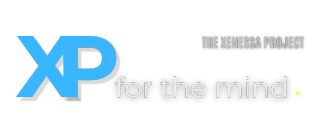
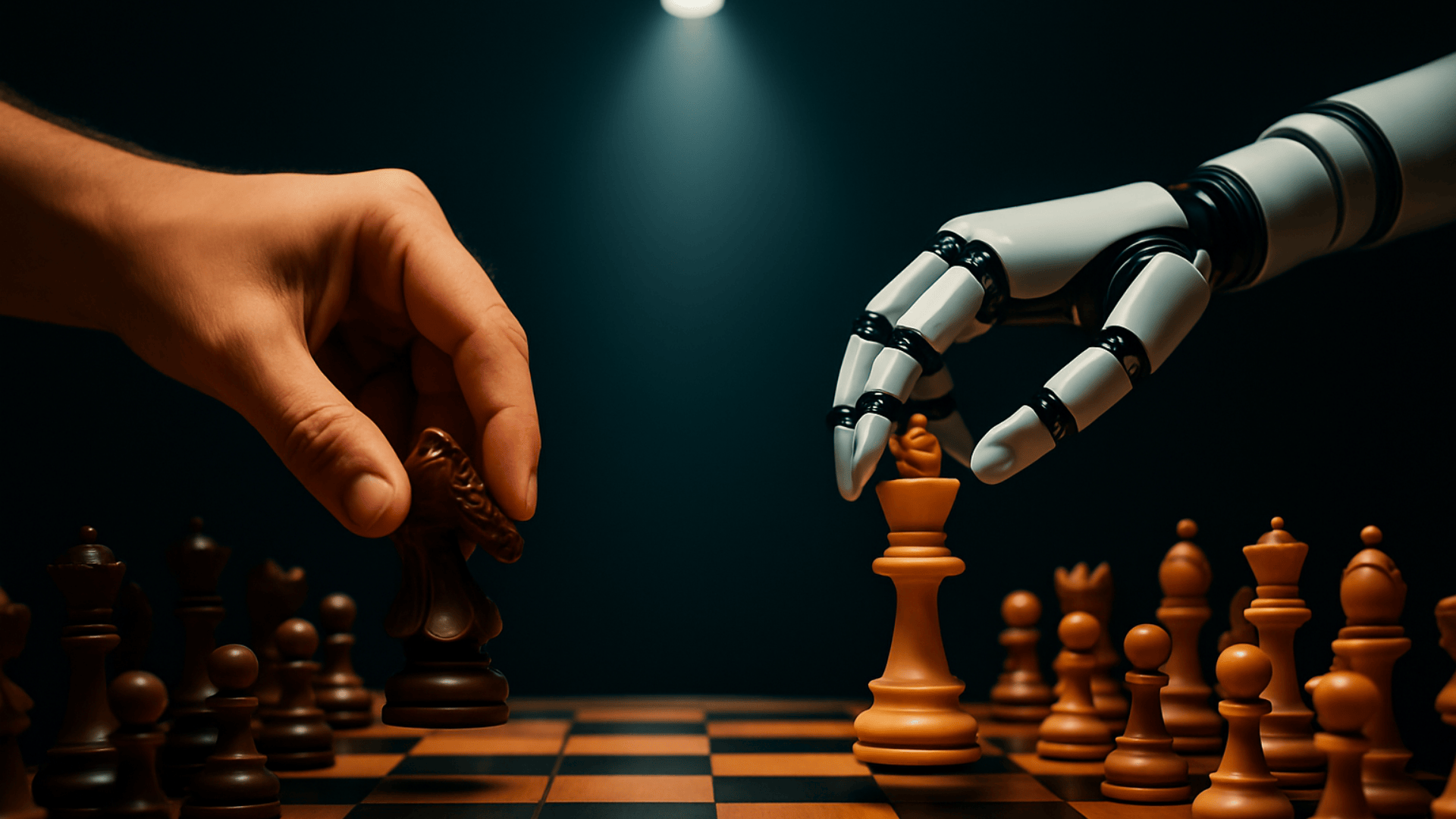
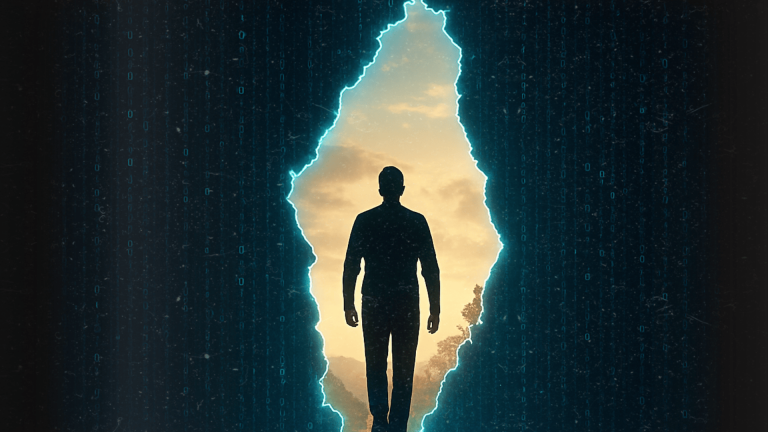
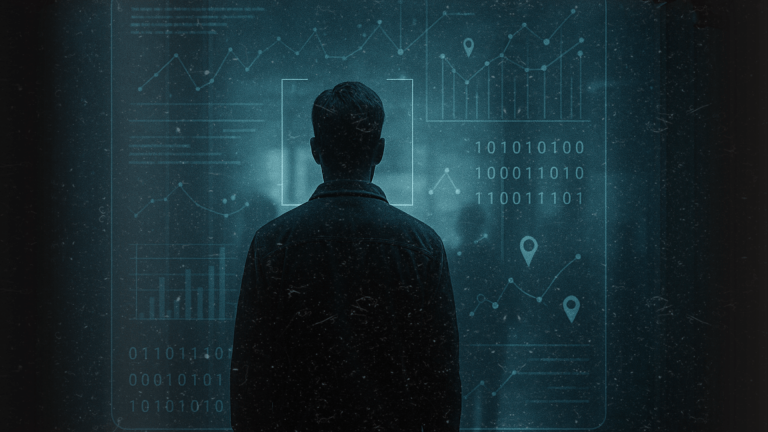
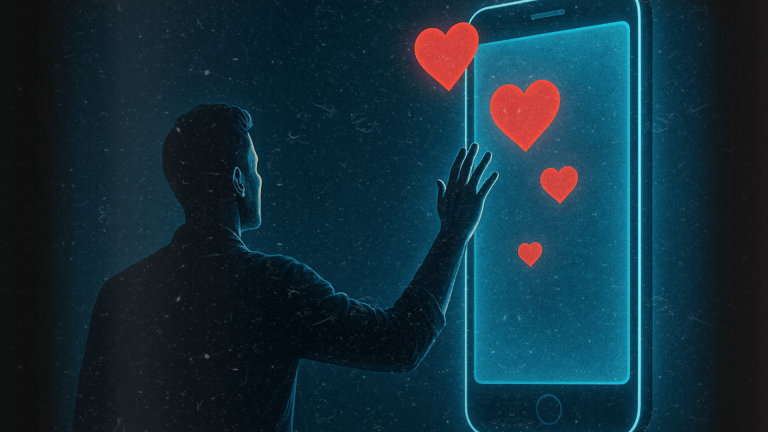

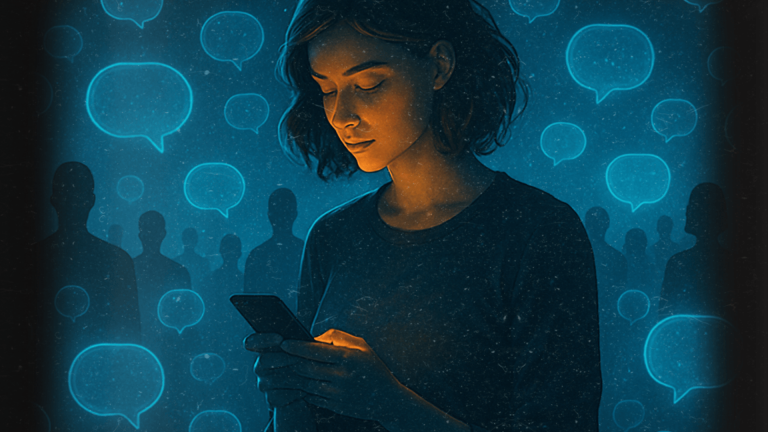
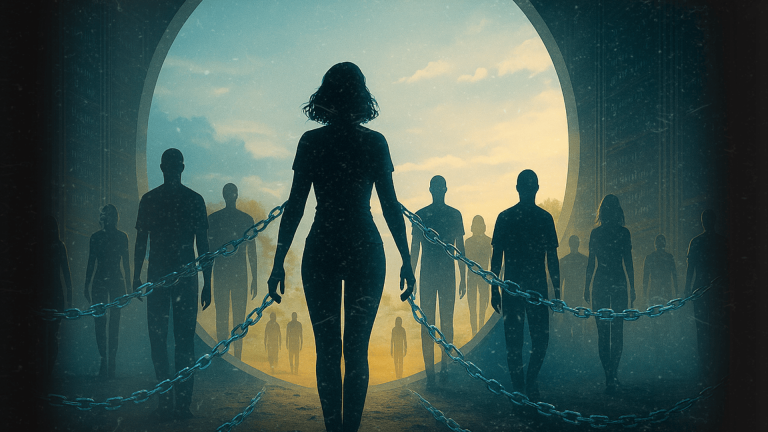
https://shorturl.fm/Q0Uex
https://shorturl.fm/Tj9S2